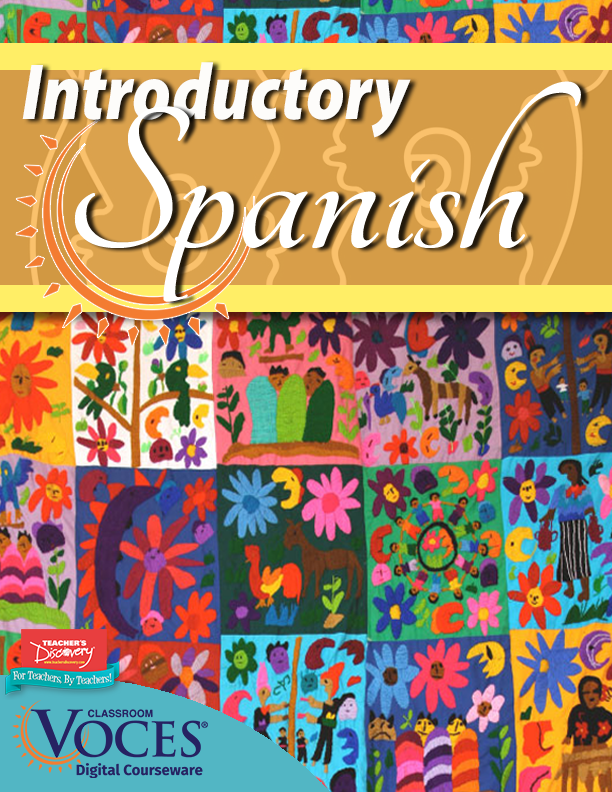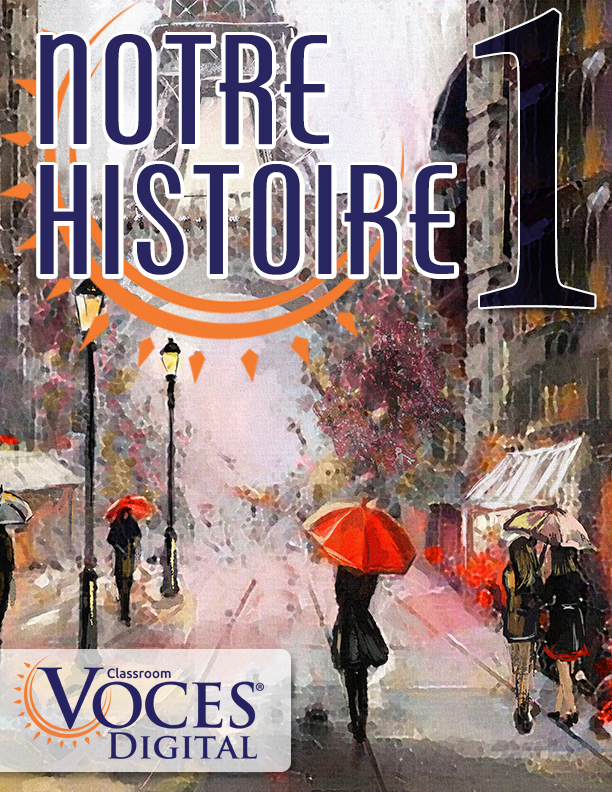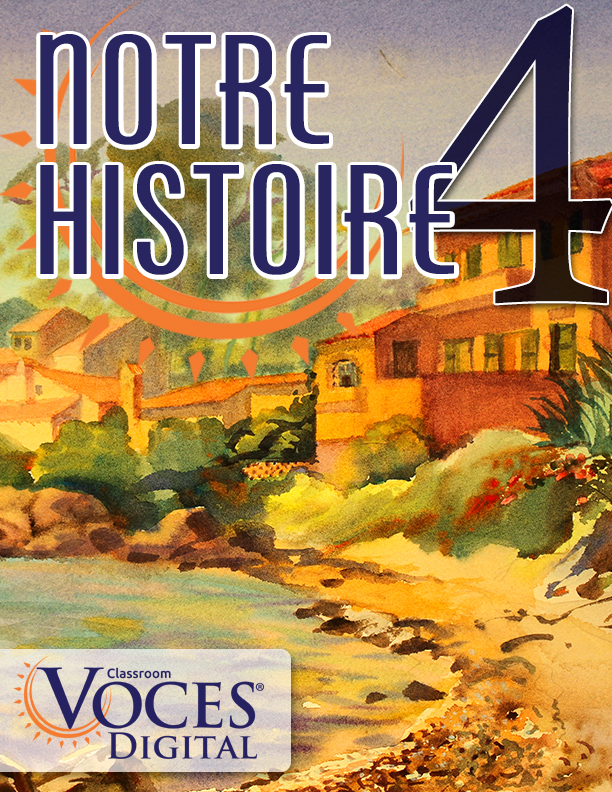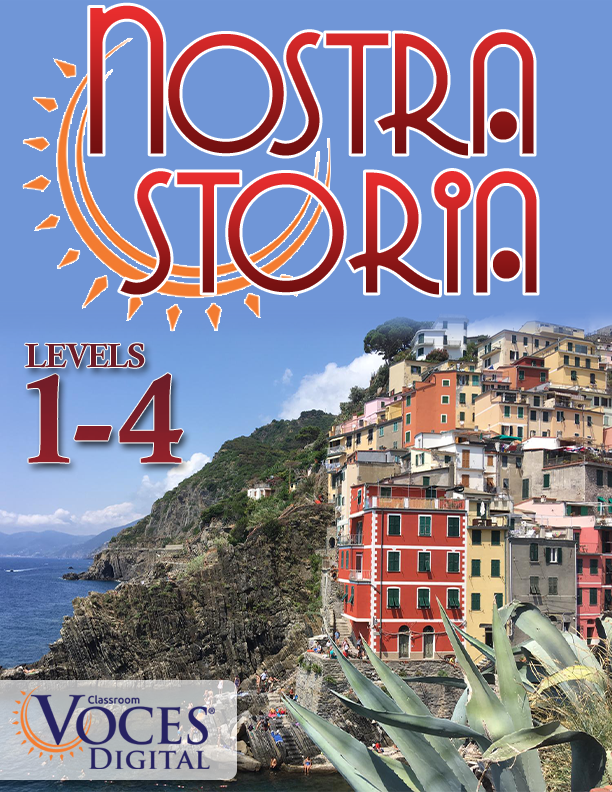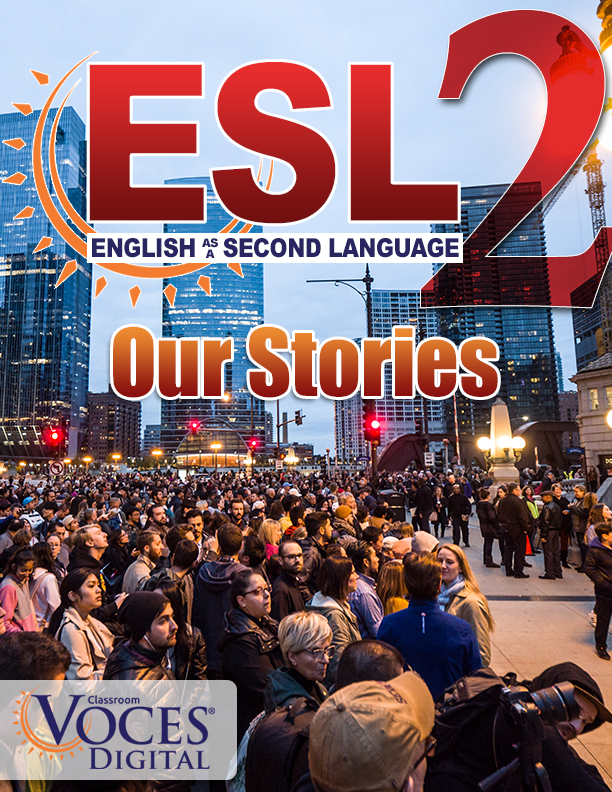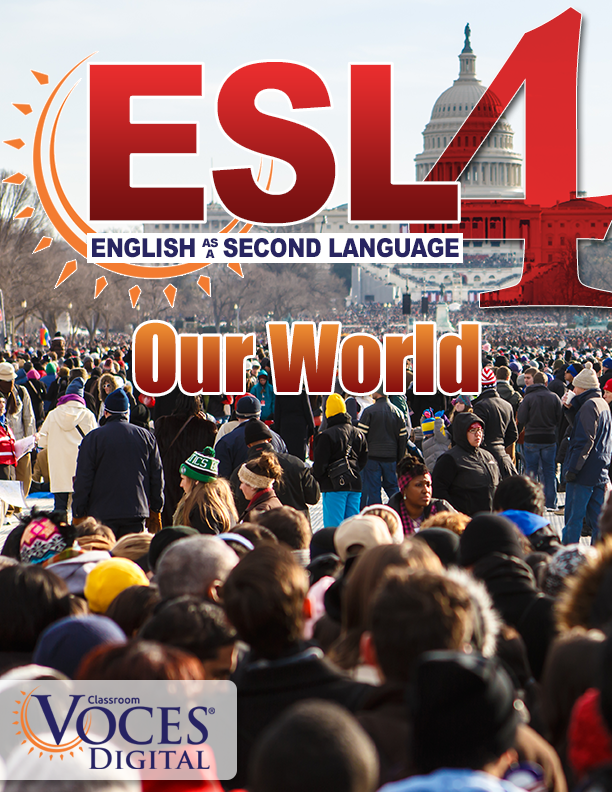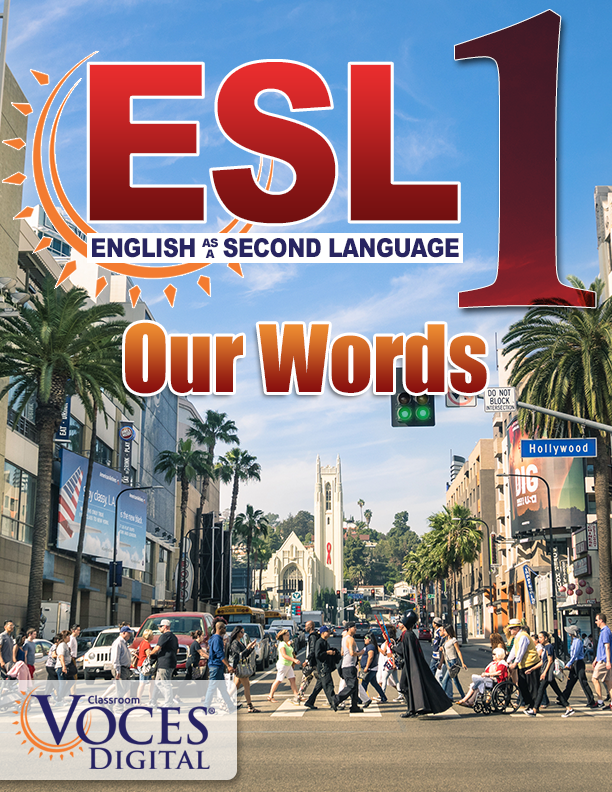A Teacher's Guide to Our Story

“A Teacher's Guide to Our Story” is part “how-to” manual, part personal narrative, part invitation. It puts forth overarching ideas related to teaching through the use of stories and the Our Story curriculum and addresses important details concerning the first days and weeks of school. It contains guidance on lesson planning and assessments, as well as reflections on the teaching of grammar and culture. It also includes personal anecdotes from the classroom. While the guide offers a road map for teaching language, it is also meant to encourage teachers to teach their own way and embrace their own journey. "A Teacher's Guide to Our Story" is written for teachers who aim to bring their complete selves to the classroom, by another teacher who is striving to do the same.
This guide is for World Language teachers who…
- want to use stories in their classrooms
- already use stories as an instructional tool in their classrooms
- are curious about using Our Story by Voces Digital
- already use Our Story by Voces Digital
- want ideas for lesson planning, classroom management, assessments, and more
- are interested in teaching with Comprehensible Input (CI)
- are skeptical about teaching with CI
- need concrete information that they can share with their colleagues or administrators about language teaching, Our Story, CI, lesson planning, or all of the above
- feel excited by the breadth of material that's available through Voces Digital
- feel overwhelmed by the material that's available through Voces Digital
- are continually striving to improve their craft of teaching
About the Author
Allynn Lodge is a World Language teacher who is passionate about how both language and art can help forge connections and mutual understanding between cultures. She holds an M.Ed. in Art in Education from the Harvard Graduate School of Education and a BA in Spanish Languages and Cultures from Princeton University. She is the recipient of a Fulbright Fellowship to Madrid, Spain, and was recently selected by the National Association of Independent Schools as a Teacher of the Future for her innovation and creativity in the classroom.
About
Voces Digital provides teachers with an array of online professional development opportunities. Many of their conferences and webinars relate to the titles in the Voces Library, while others focus on the craft of teaching world languages in general. The abundance of guidance available is wonderful, but at the same time, there's so much to take in. Some common questions that arise are: What are the most important pieces of advice to follow? How do I make sure I don't miss anything? Can someone put all the information in one place?
"A Teacher's Guide to Our Story" aims to do just that. It funnels essential advice for teaching language through storytelling—specifically using Our Story—into a reference book that you can access whenever it's convenient to you. While Voces is known for its outstanding online materials, there's something to be said for a good old-fashioned paper book, which is why the guide is offered in both paper and digital formats. For teachers who want to take time away from the screen, they can flip through the pages, highlight, and write notes in the margins. But the option also exists to access the book through the Voces platform. For teachers who don't already have a subscription to Our Story, that's okay. "A Teacher's Guide to Our Story" contains tips and activities that can be used by any language teacher—not just those who subscribe to the curriculum.
Excerpts
A Teacher's Guide to Our Story
By Allynn Lodge
Table of Contents
Ch. 1: Introduction
Ch. 2: The Story Behind Our Story
Ch. 3: Know What Drives You
Ch. 4: First Week of School
Ch. 5: Classroom Management
Ch. 6: Star of the Day
Ch. 7: Planning a Unit
Ch. 8: Planning a Lesson
Ch. 9: Activities by Category
Ch. 10: Teaching Culture
Ch. 11: Teaching Grammar
Ch. 12: Assessments
Ch. 13: Allynn's Assessments
Ch. 14: The Voces Platform Tools
Ch. 15: Using the Voces Platform
Ch. 16: Resource Appendix
Chapter 5
CLASSROOM MANAGEMENT
There are many places where things can go off the rails in a World Language classroom, especially one that tilts toward Comprehensible Input. I have never had any difficulty whenever I've said, “Take out your notebooks. We are going to take notes.” In these instances, students silently and furiously copy down whatever I put on the board. I have their complete attention. But notetaking is the exception rather than the norm in a World Language classroom that emphasizes communication over grammatical perfection. In a CI classroom, students are often acting out vocabulary words, engaging in conversations with one another, creating or analyzing stories, and playing games. These spirited strategies are presented throughout the Our Story series, along with other techniques that help students acquire language naturally. Executing these activities, however, while also maintaining a sense of order can be a real challenge.
I've struggled the most with students blurting things out when they're excited and with the times they slip into English for various reasons—to chat with one another during transition periods, or because they're fatigued and using English is easier. I don't want to micromanage their interactions and behaviors in my classroom, but I also want them to treat our time together with a seriousness of purpose. Students talking out of turn detracts from the learning environment I strive to foster. Each year I ask myself how I can ensure that students buy into the world of Comprehensible Input that I hope to create with their help.
I've found the solution to dealing with classroom management issues is actually related to one of my mentor teacher's mantras. As noted in Chapter 3: Know What Drives You, Steve professed, “The simplest answer is often the most sophisticated.” In terms of classroom management, I've found that a few simple strategies work. The two tools that have been most useful to me have been posting my rules on the wall and having students fill out participation sheets. Both tactics revolve around a clever concept known as T.A.L.K.
Chapter 9
ACTIVITIES BY CATEGORY
When lesson planning, I pull from a menu of choices that mostly exists in my mind, although I do keep an actual document on my computer as well. These ideas come from everywhere: from my amazing colleagues, the internet, professional workshops, my own ideas, and, finally, trial and error. I look at the document whenever I'm feeling stuck and in need of a little inspiration. As we continue to teach, sometimes our favorite gems fall by the wayside and then we remember, “Oh yeah! I used to do that activity! Why did I stop doing that?” It's nice to have a list of effective strategies on hand that you can dust off and reinstate at any time.
I encourage you to write down your favorite activities. You can use my list as a jumping-off point and organize what you typically do into categories. I've organized my activities into categories that align with the design of
Our Story. Under each heading, I've shared three activities. The three that I've chosen require little prep, can apply to any story, and can be used by people with differing teaching styles. The categories are:
- Opening Routines
- Building Rapport
- Brain Breaks
- Important Vocabulary
- Personalized Questions and Answers
- Story Scripts
- Previewing and Reviewing Stories
- Reading Activities
- Listening Activities
- Speaking Activities
- Writing Activities
- Closing Routines
While
Our Story is my primary text, I like to incorporate other content into the curriculum as well. There are outside resources like books and movies that I weave into my lesson plans in order to break up the sequence of activities in
Our Story. The standard structure of each chapter, which moves students through vocabulary, personalized questions, stories, and follow-up activities, makes
Our Story a familiar and reliable resource; however, students enjoy a little break from the norm from time to time. To add some variation to the curriculum, you can use your own resources or even stay within
Our Story. The series contains supplemental content like digital readers and multimedia programs that capture students' interest and allow them to switch gears easily. For example, the Spanish series includes a Netflix original called Go! Vive a tu manera, which my Spanish III students love to watch on Fridays. The digital nature of the curriculum means that there is no shortage of options to choose from—but be sure to also offer your students activities that take them off their screens entirely. Several suggestions for how to do that are included in this chapter. Once you've decided on the content you'll teach—whether inside of
Our Story or outside of it—then you can pick and choose from a variety of activities that will help your students master the material and form connections with one another. A list of activities by category is given below.
Chapter 13
ALLYNN'S ASSESSMENTS
Our Story contains enough content that, with some creative thinking, you can use what's there to create assessments of your own. You may be thinking, “Stop right there. I don't have time to create tests!” That's probably true. As teachers, we never have enough time! If the idea of having to make one more thing for your classes is making your skin crawl, skip this chapter and review the existing options for assessments in Chapter 12. If, on the other hand, you want or need to create your own assessments, keep reading.
My recommendation is to keep your eyes on the long stories at the end of each unit. These stories pull together all the linguistic components from the short stories and provide the perfect fodder for future assessments. While you can certainly use the long stories and their accompanying activities as they are, you may find yourself inspired by the characters and plotlines and motivated to do something more with them.
The first year I subscribed to Our Story, I'd read a long story and think, “Yes! This one is primed for a dialogue” or, “Hmm, there's not much to converse about here. A project would be best.” My reason for thinking about the long stories in this way was because I was unsure about the IPAs, Our Story's most visible evaluative tool. I couldn't imagine my students making the leap to this type of assessment when I first started using the series. My students were used to the inauthentic audio clips and contrived passages that were part of our old testing manual. Thinking (incorrectly) that they would be overwhelmed by the IPAs, I searched for a Plan B. Ultimately, I decided to hide the long stories from student view and create tests based off of them, knowing that they were a cumulation of the unit's content. This strategy ended up working out well for me and my students and is still my main approach to summative assessments.
The end result has been a rotation through the different modes of communication. If I give a summative assessment that focuses on the interpretive mode, then for the next unit, I'll create something that's geared toward interpersonal communication, and so on. Sometimes I'll create an experience with the long story that touches on all three modes at once; however, I recognize that not every teacher has this same freedom to experiment -- or the time to do so. As teachers, we're often overloaded and need to use what's readily available in our textbooks, both in terms of lesson ideas and assessments.
But regardless of the situation you find yourself in, I hope that the examples in this chapter can help you with your overall approach to assessments and lesson planning. Even if you don't implement any of the ideas shared here, they might serve to inspire future activities in your classroom or encourage you to think differently about some of the content that's in Our Story. And if you're not a subscriber and are new to teaching with stories via comprehensible input, I hope that this chapter will give you insight into how you can use the three modes of communication -- interpretive, interpersonal, and presentational -- to see a fuller picture of your students' developing proficiency.
Events
July 10-14, 2023 - CI Summit, Savannah, GA
Voces Presentation: There's a Guide for That! How "A Teacher's Guide" Can Bring It All Together!
Author and educator Allynn Lodge offers a roadmap for moving toward story-based teaching in her book "A Teacher’s Guide to Our Story." Framed around Voces Digital’s "Our Story" curriculum, Lodge's book ties together big ideas related to ADI and the use of stories, media, and casual conversation as drivers of input in the world language classroom. Perfect for Voces users and non-users alike, Lodge’s workshop covers strategies from her book for classroom management, effective lesson planning, and building a healthy classroom culture.
Interested in attending the CI Summit? Get more info and register here.
Teacher Talk
Join Allynn Lodge, author of the forthcoming "A Teacher's Guide to
Our Story," for a free series of sessions called Teacher Talk. Share ideas, questions, and concerns related to your classroom experience and/or the
Our Story curriculum. Receive advice and support for how to confidently prepare for the year ahead and learn more about how "A Teacher's Guide" can help you. Limited attendance. Teacher Talk takes place twice a month -- come to one or both sessions..
Upcoming sessions:
- Stay tuned for the next upcoming session.












 I love the assessment 1 in chapter 16 [of Voces ESL/ELD]! I am having the students make the 2 brochures, one in English, and one in Chinese, in order to give them to the new students this summer at our Summer English Academy. It will be a great bridge and connector, and help accelerate their involvement in their new environment!
I love the assessment 1 in chapter 16 [of Voces ESL/ELD]! I am having the students make the 2 brochures, one in English, and one in Chinese, in order to give them to the new students this summer at our Summer English Academy. It will be a great bridge and connector, and help accelerate their involvement in their new environment!

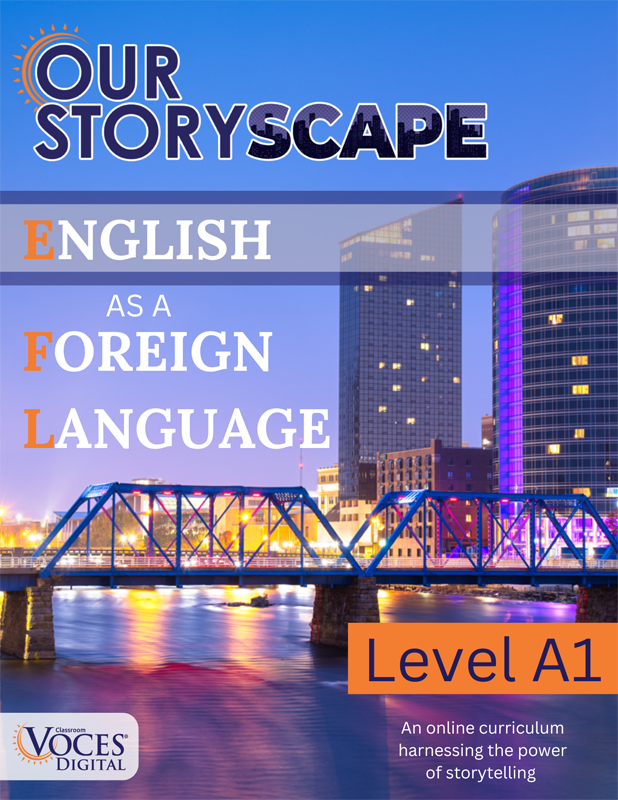
 Stories
Stories Vocabulary
Vocabulary Authentic Materials
Authentic Materials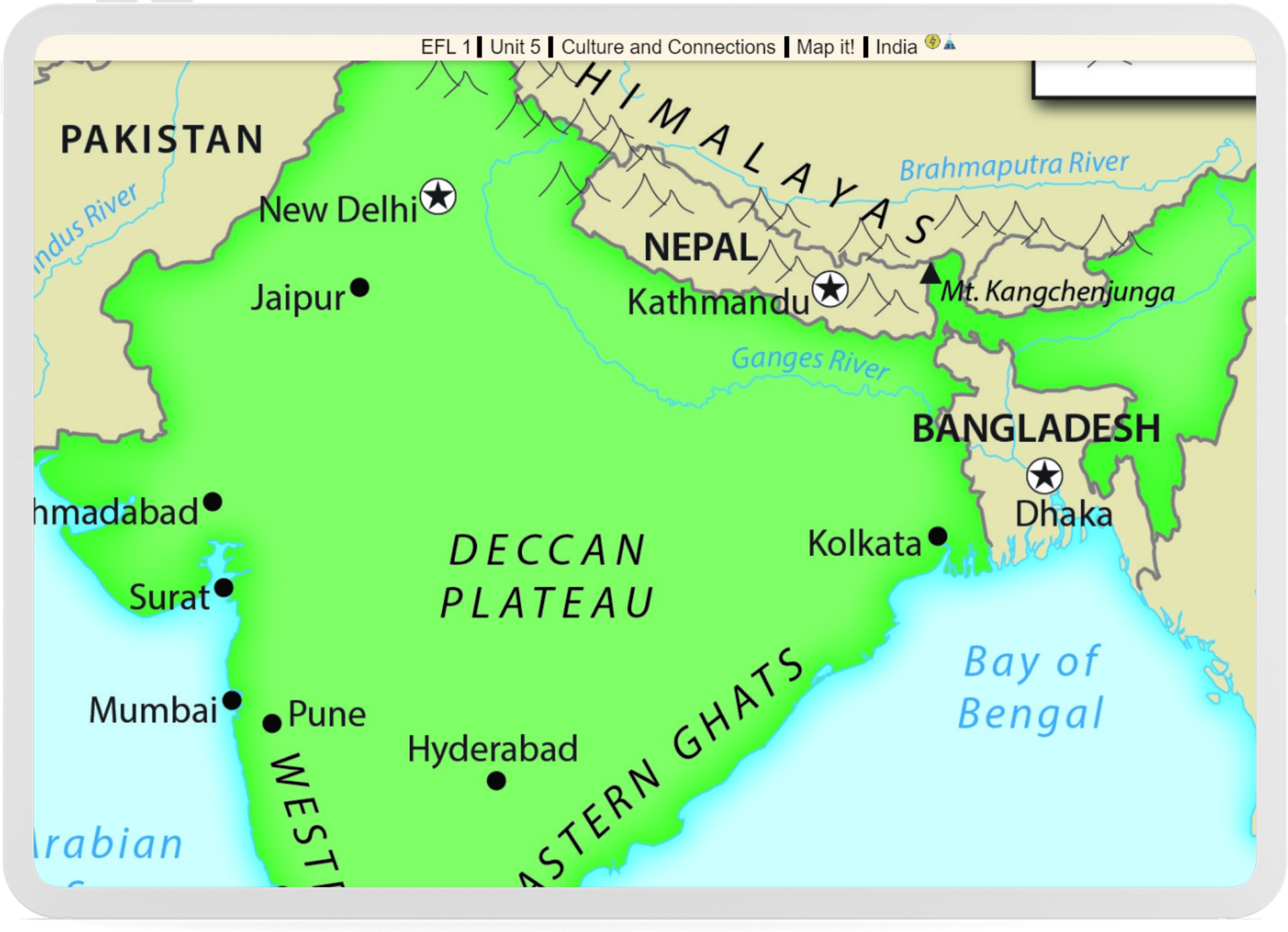 Maps
Maps Panoramas
Panoramas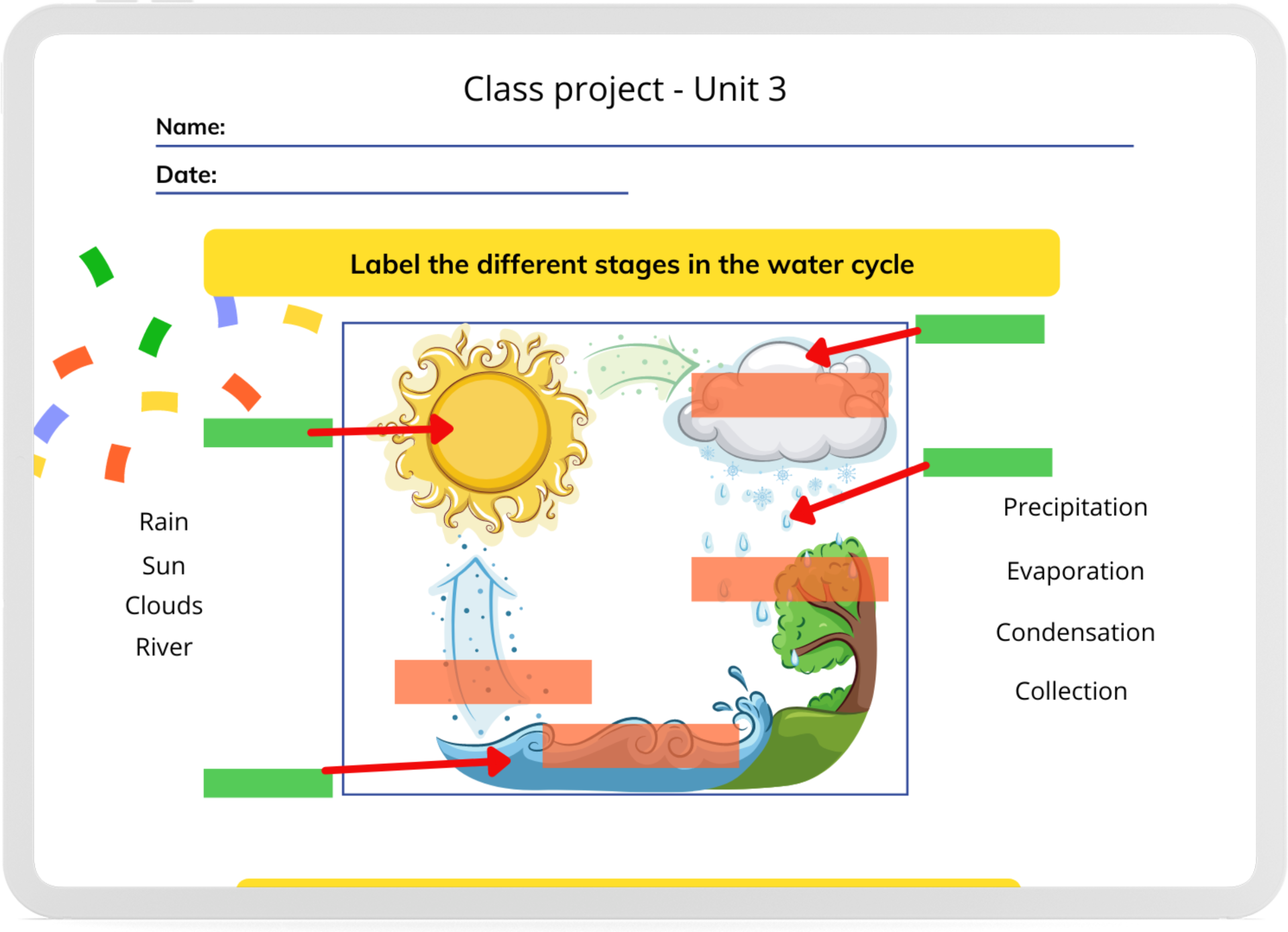 Class Projects
Class Projects

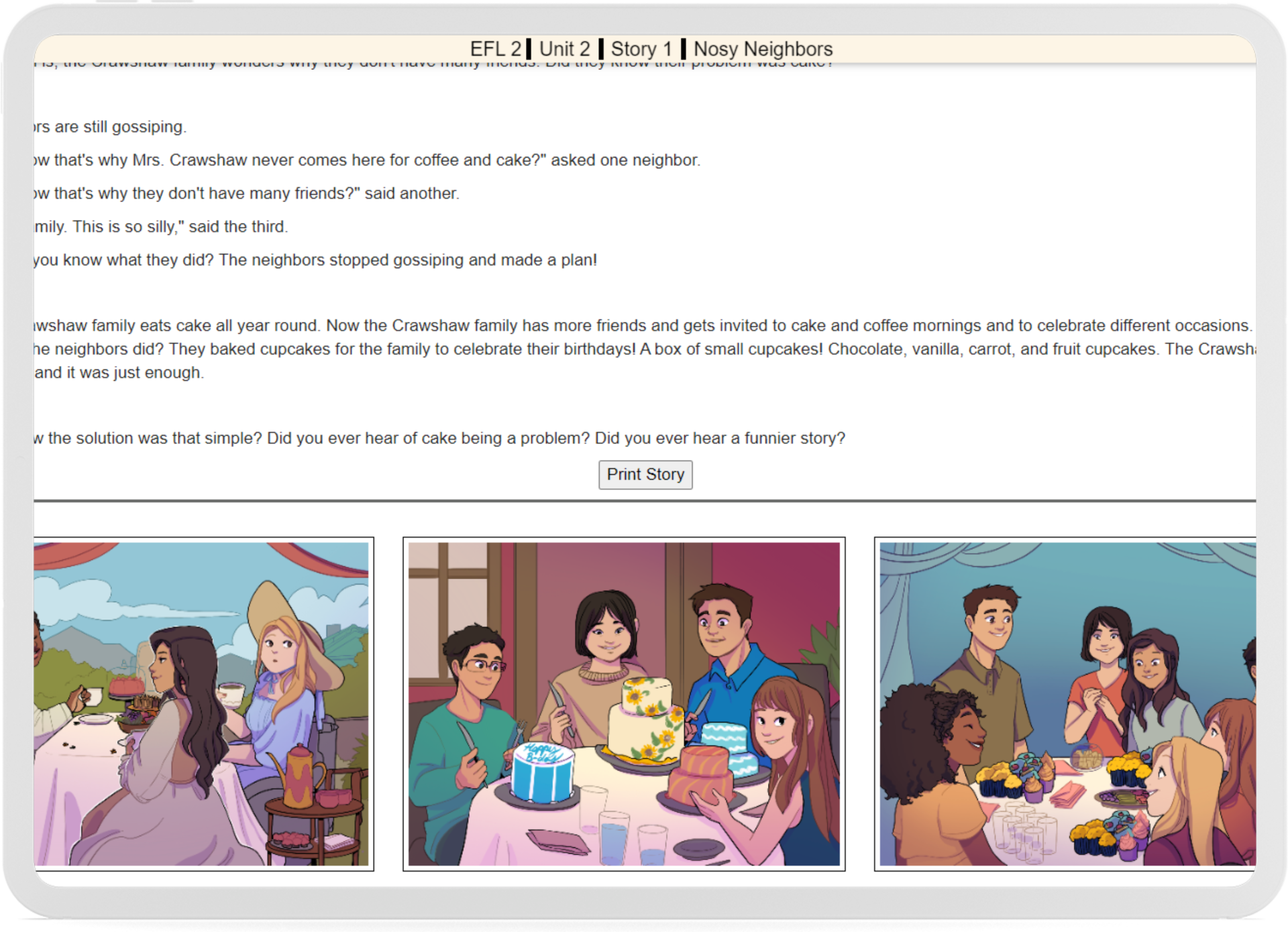 Stories
Stories Vocabulary
Vocabulary Authentic Materials
Authentic Materials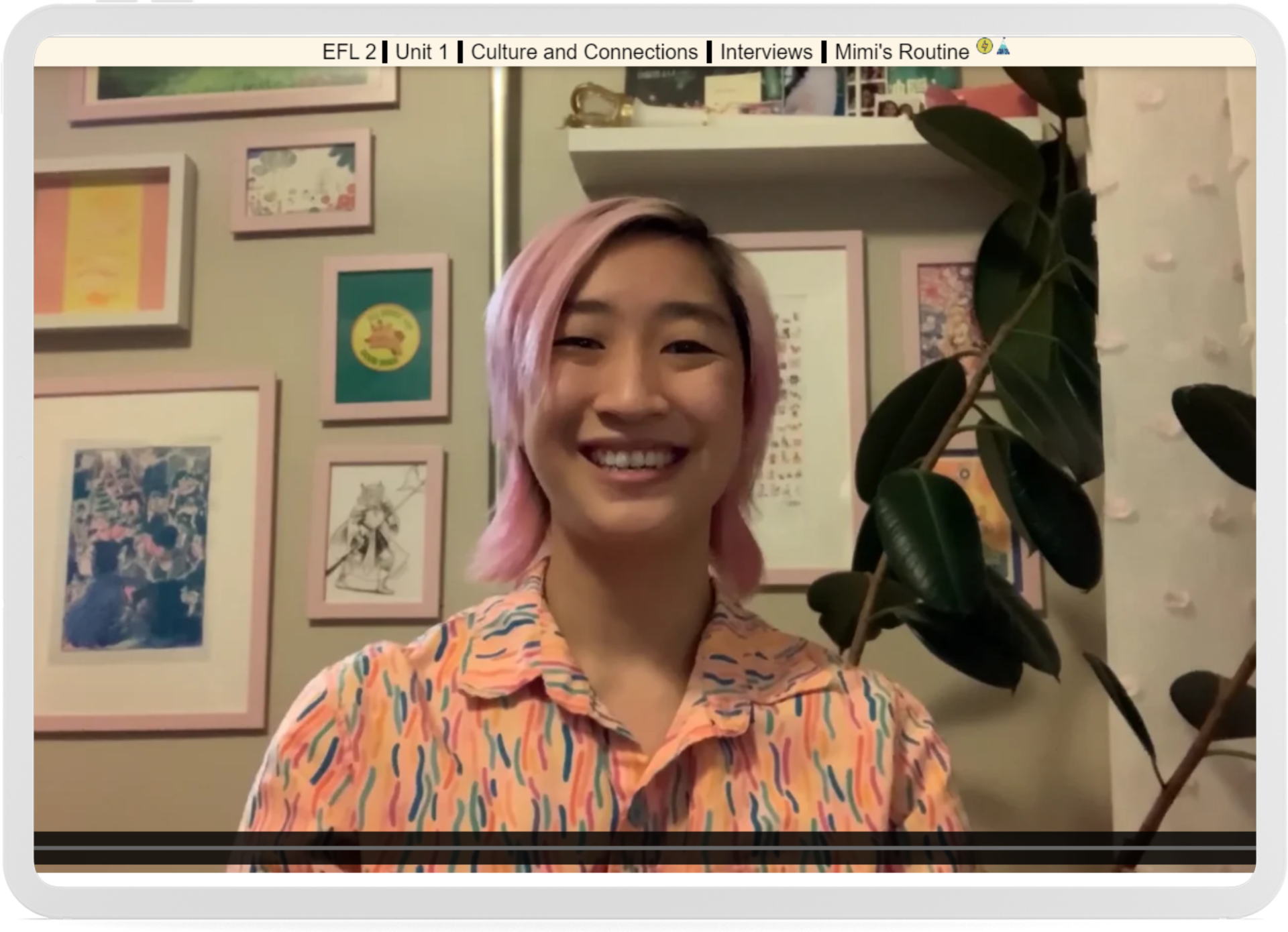 Interviews
Interviews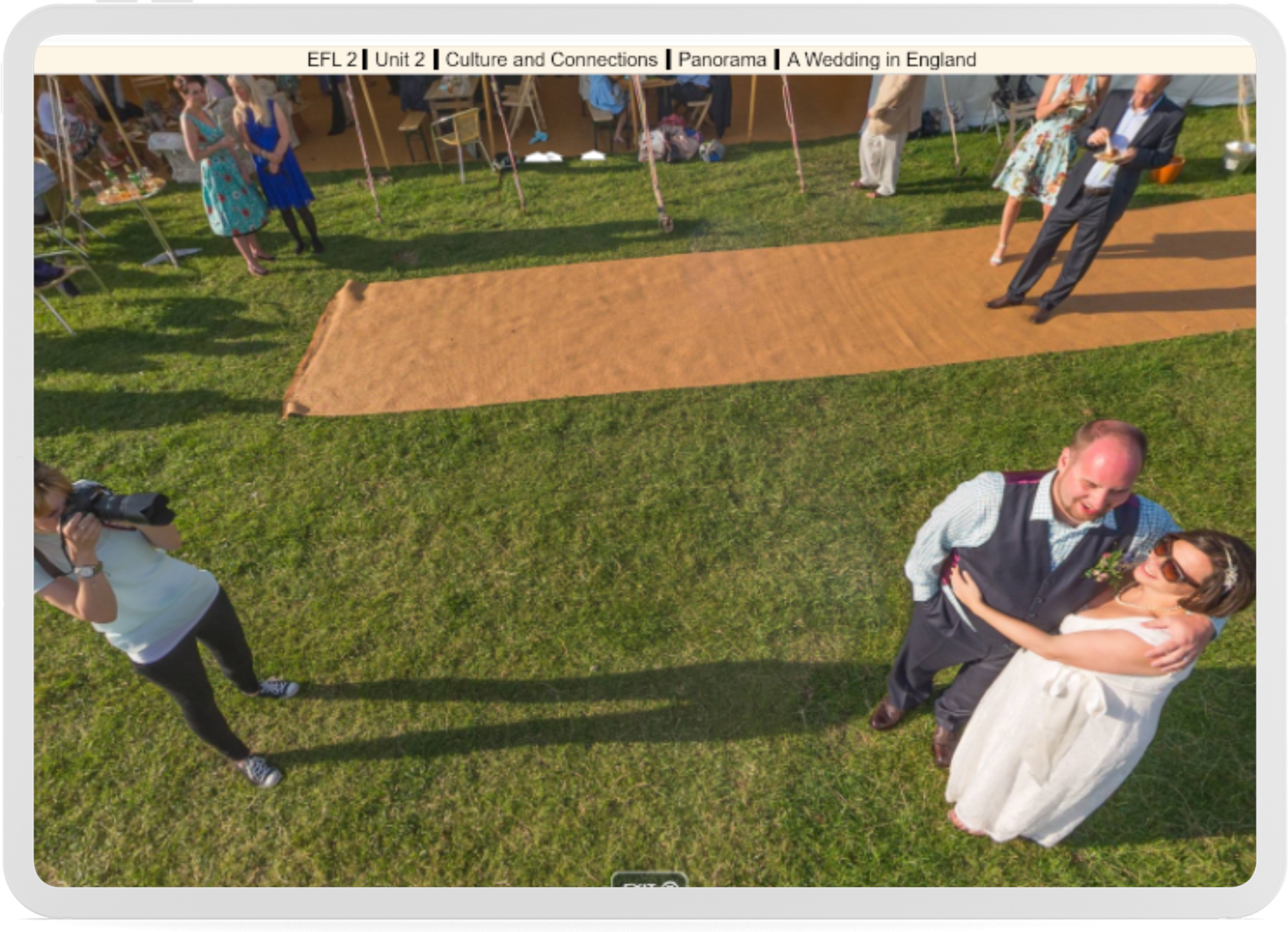 Panoramas
Panoramas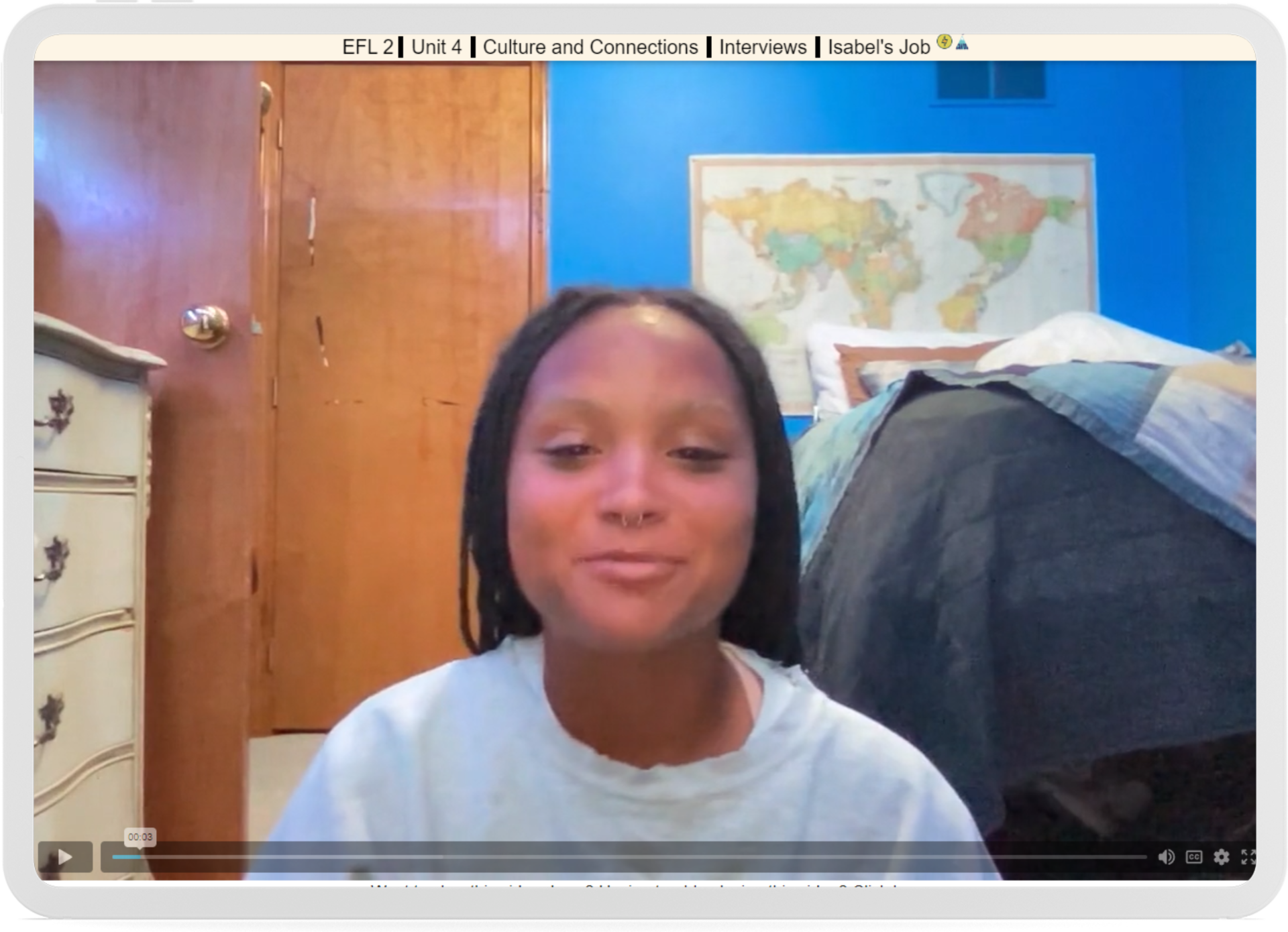 Videos
Videos